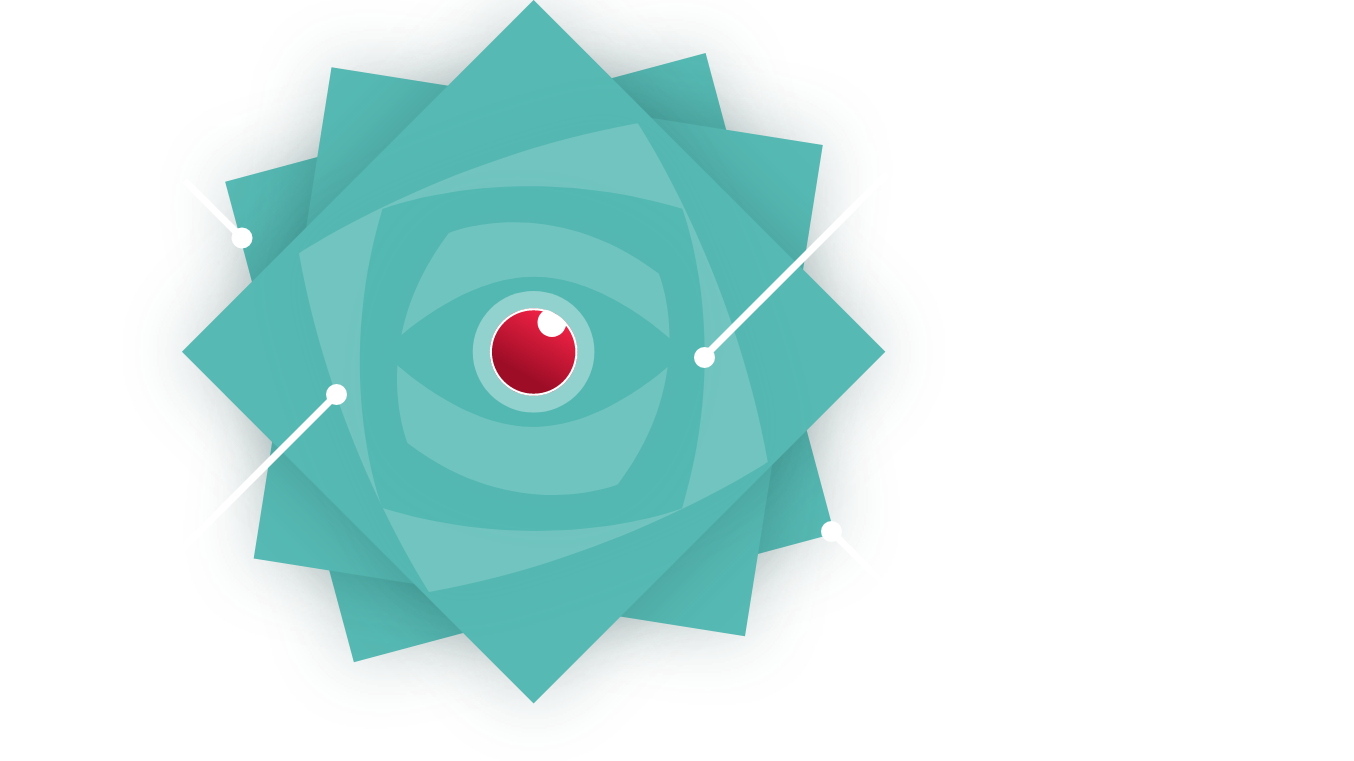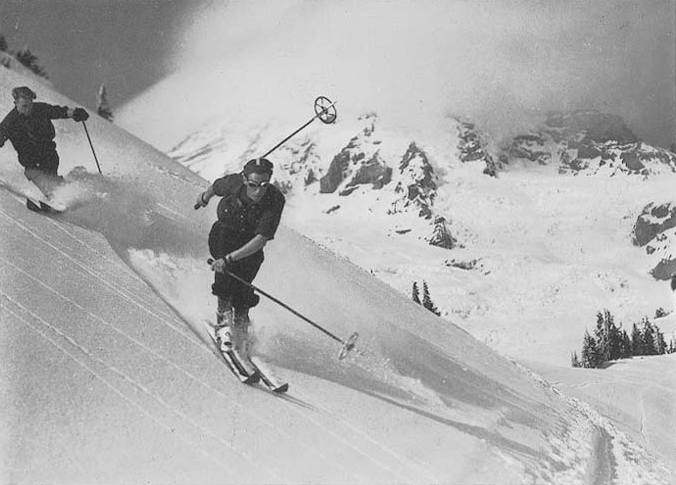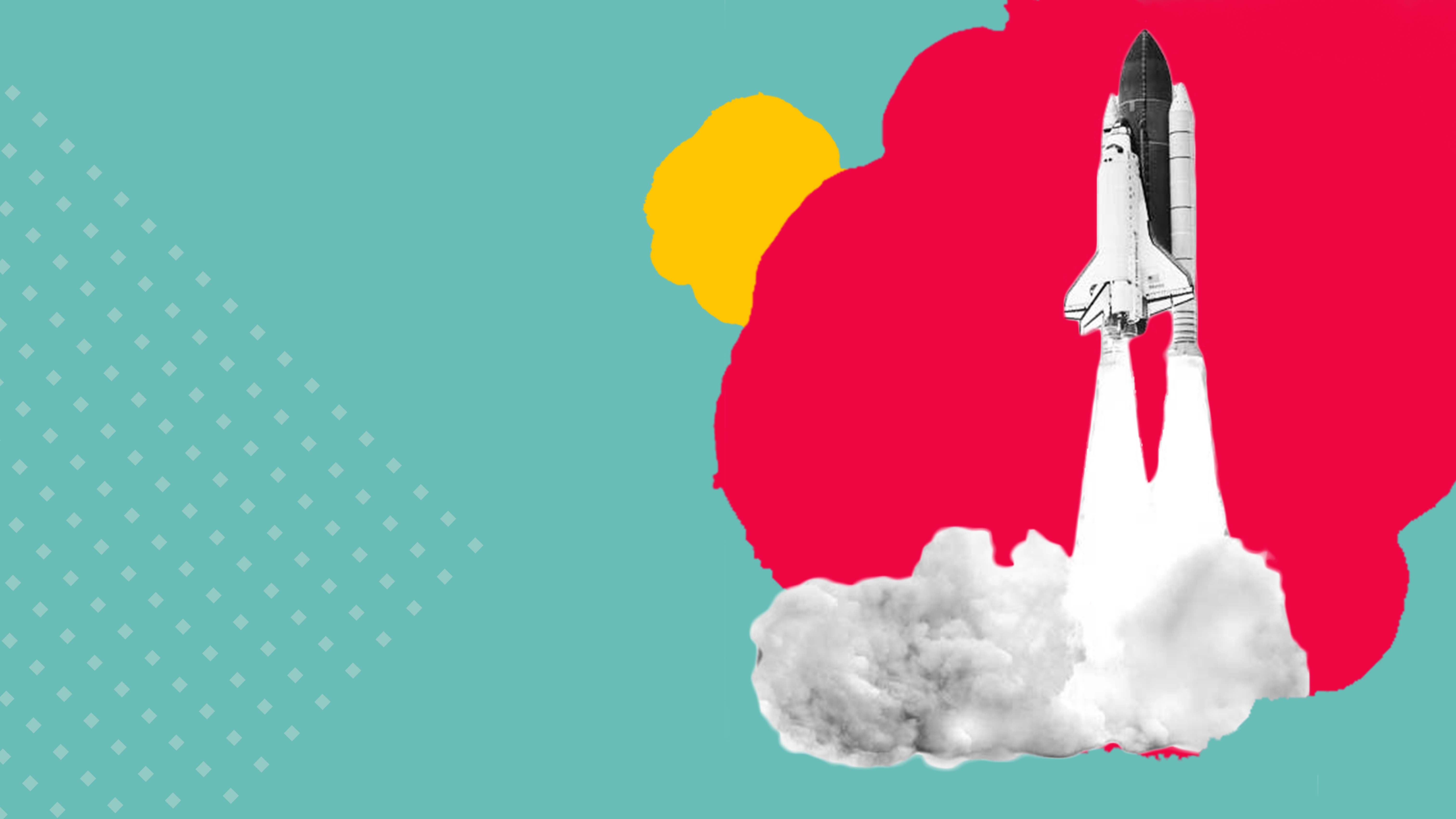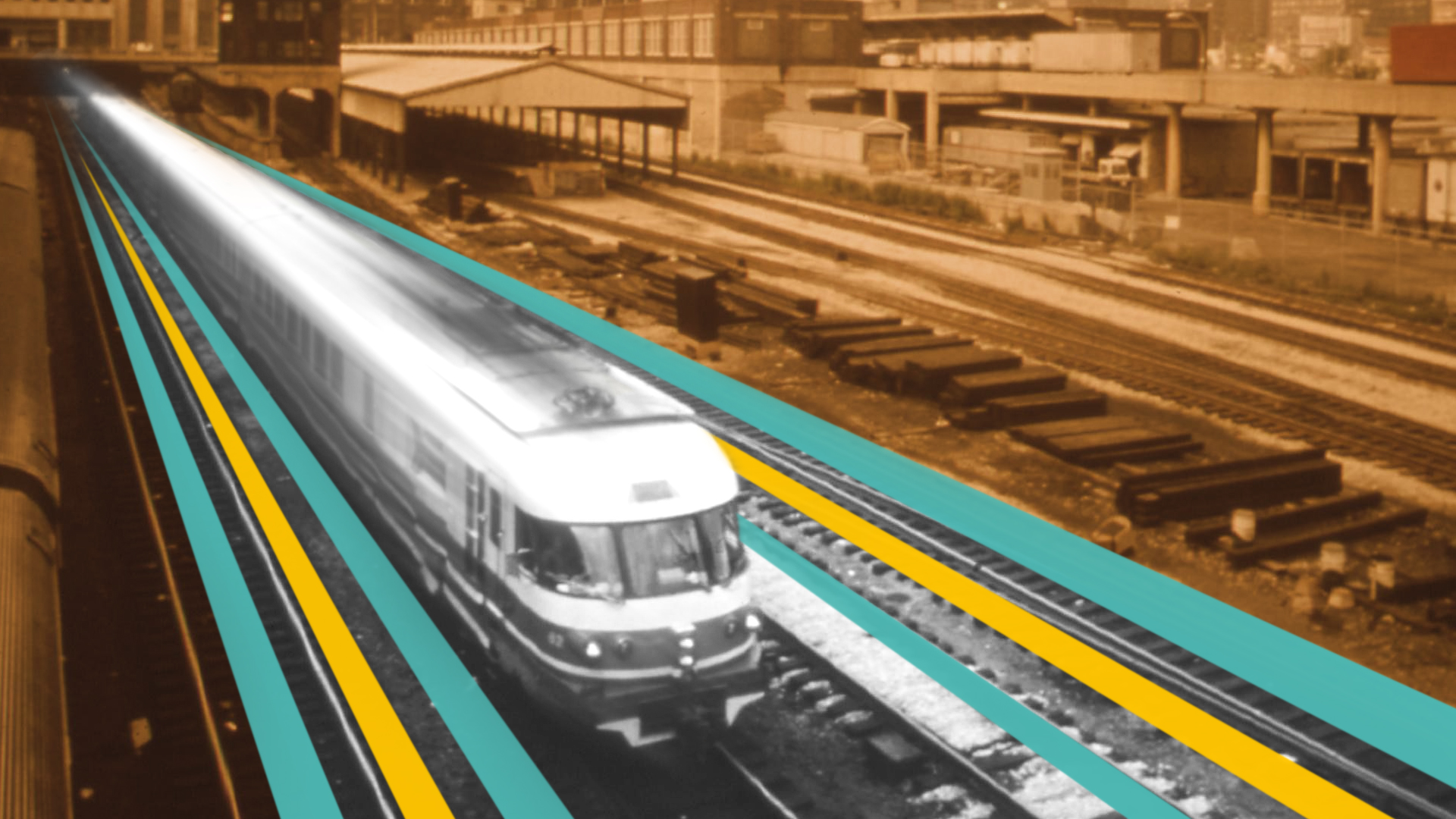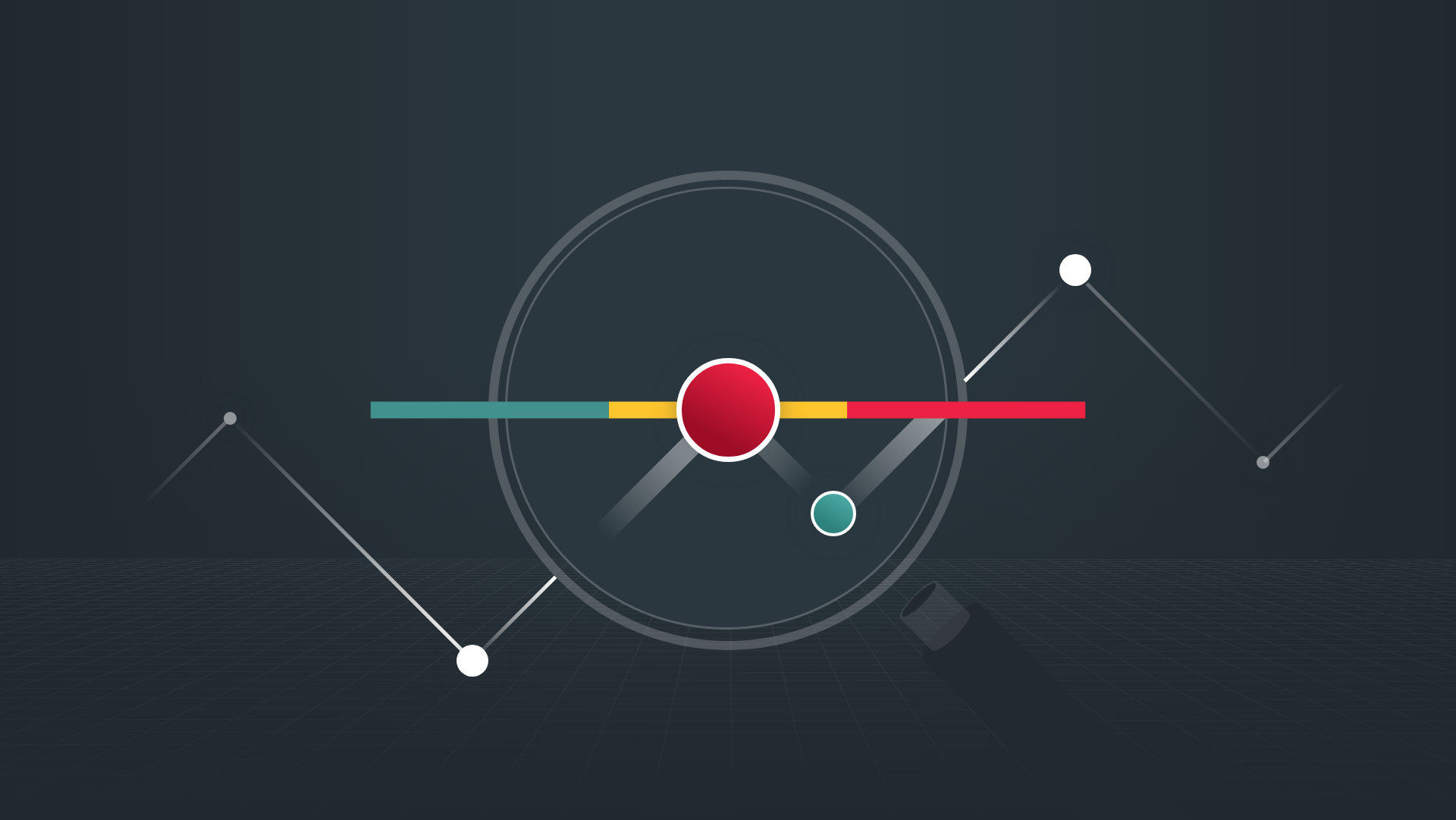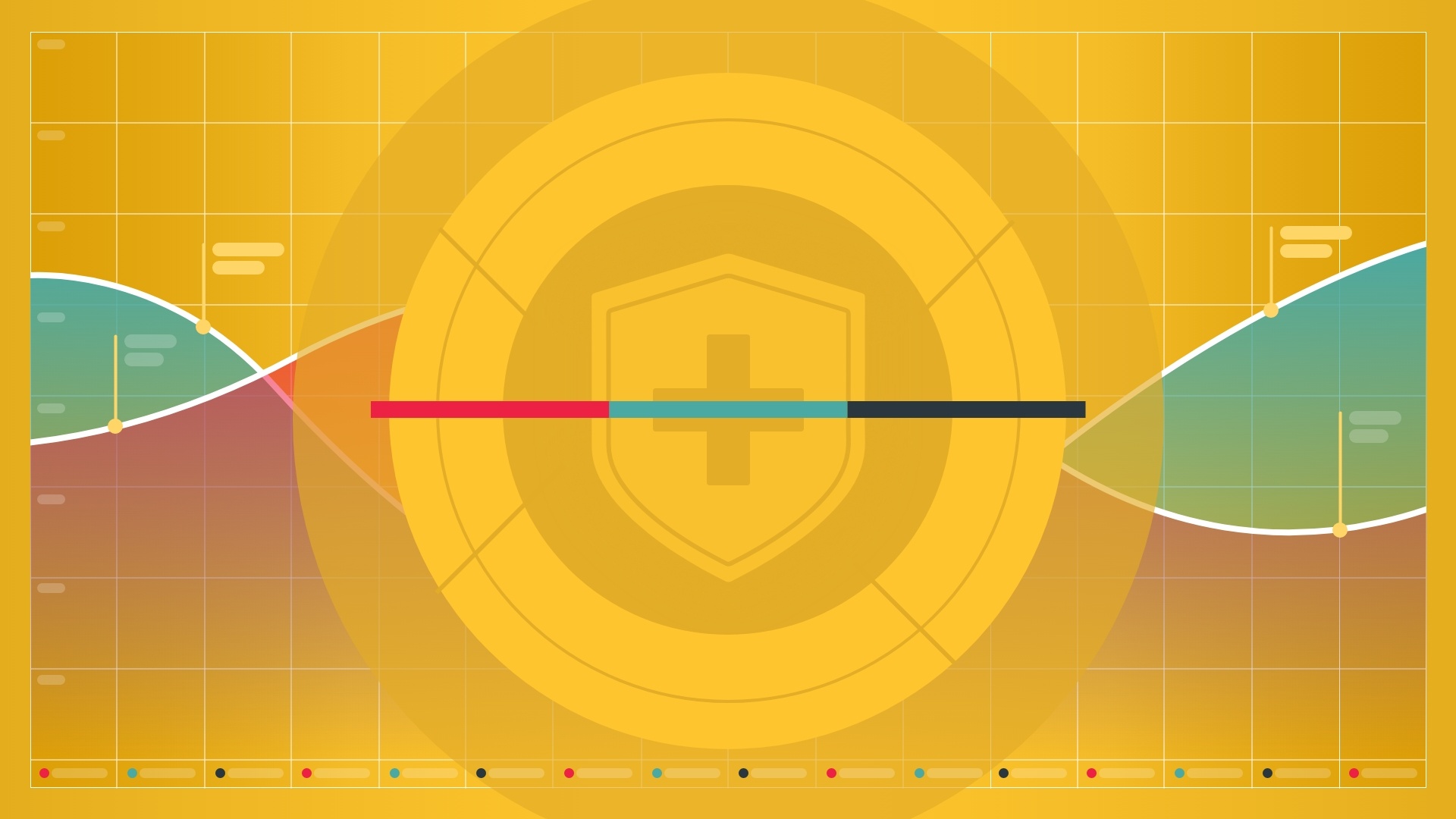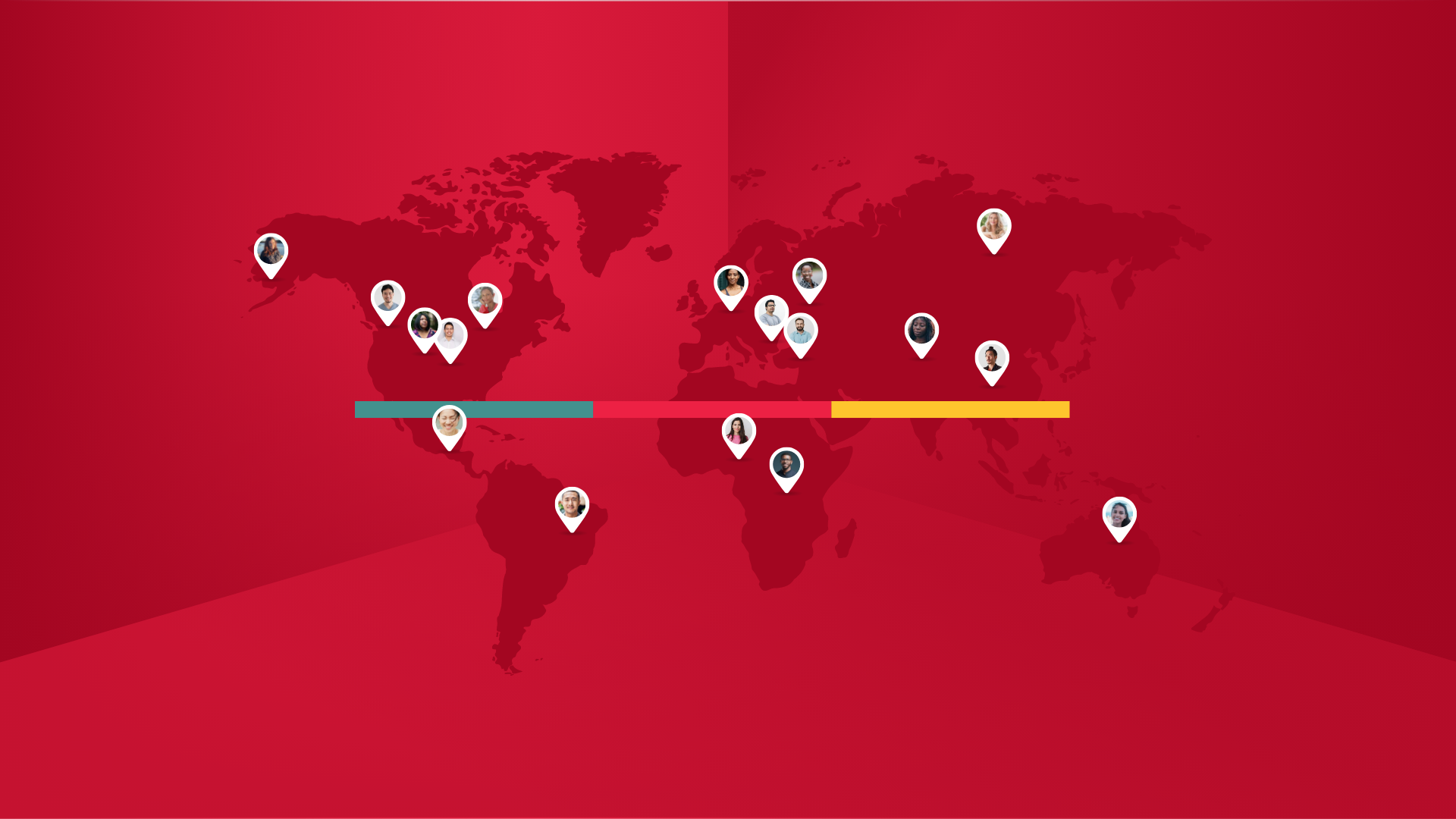“Branding is about more than just a logo!”
If you’ve hung around any brand experts recently, you’ve probably heard them utter this cliché. Guilty as charged.
The statement is a cliché because it’s true. At the same time, every great brand needs a great logo. It may be more appropriate to say, “Branding is about more than just a logo, but in order for a brand to succeed, their logo does need to be strong and memorable.”
Great logos aren’t just about a brilliantly designed mark but also the meaning that is infused into that mark. Think about the Tesla, BMW, and Toyota logos. Can you picture each logo? What words do you think of when you see each one? What emotions does each one evoke?
Powerful. A well-designed logo paired with a strong memory can convey a lot … even if it’s just for a car brand. (Sidenote: To learn about curating the memory at the center of your brand, read this post)
So, if you’re either at the beginning of your journey as a company and need to design a logo from scratch, or your logo is a little dusty and you need a refresh, there’s one question you need to ask:
“How can I run a logo design process that will result in something powerful?”
I’m glad you asked.
In this post, I’m going to walk you through the proven process we use at A Brave New to design logos for our clients. I’ll unpack the principles behind the process, the background work you need to do ahead of time, as well as each step of the process.
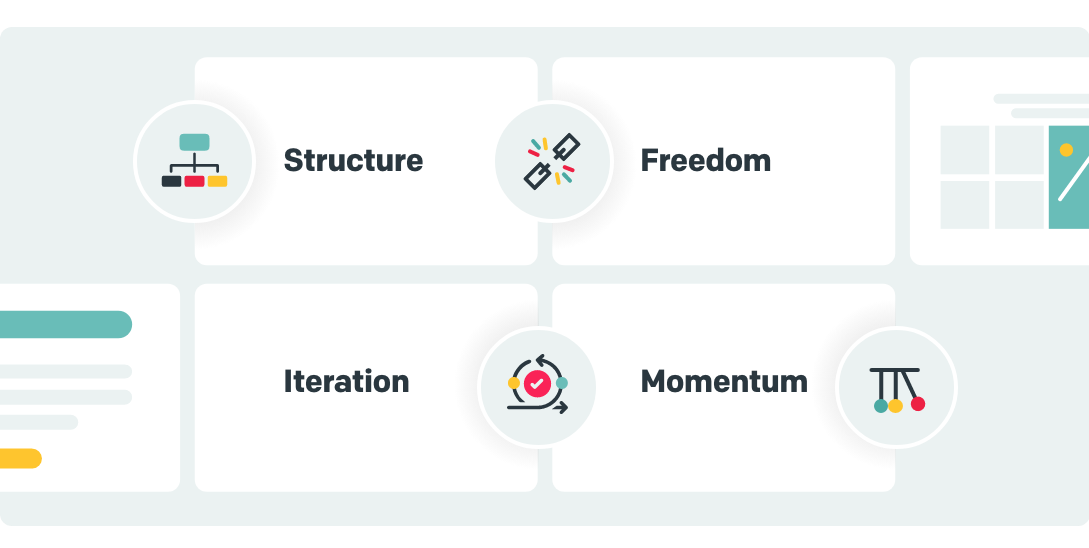
The 4 Principles That Guide Our Logo Design Process
One of the challenges of logo design is that it’s an intensely creative process. It’s also one of the few things that you will do that truly begins with a (nearly) blank page. This makes hitting the mark difficult. We’ve found these four principles help keep our design team and client stakeholders on track:
- Structure: Our design process is structured. Even though I am not a visual designer, I often play the guide throughout, keeping us focused at each round of the process to ensure that at no point do we get caught with nowhere to go next.
- Freedom: No matter what structure you choose to follow, it has to be loose. Logo design is a generative process that requires time and space to try things, experiment, and fail. Your process needs to give your design team the freedom to do that, even if you’re moving quickly.
- Iteration: If a designer tells you they can design a logo on the first try, they’re lying to you. Also, even if the first logo you receive from a designer is good, you should ask for another round. Why? Because better ideas always come through iteration. Asking someone to push a bit further and build on their ideas is when the true breakthroughs come. Our design process ensures this can happen. Yours should too.
- Momentum: The final principle at the core of our logo design process is the idea of momentum. Creative projects always thrive when they have momentum. So, our challenge is to move slowly enough to allow for freedom of exploration and iteration but to also keep things moving forward. Momentum allows us to celebrate each successive point in the design process and use that small adrenaline rush to push forward to the next big idea.
The Design Process
Step 1: Ideation
The first step of our logo design process is all about ideation. During this phase of the project, our design team will create 20, 30, 50, or even 100 ideas for the logo mark. All the while, they’ll be trying to connect the shapes back to the core ideas central to the brand.
Once they’ve pushed through the first few easy ideas and moved past a few forced iterations, they often strike gold with some later ideas. Now it’s time to pare down to something manageable.
At this stage of the process, we choose our best 15-30 concepts to show to the client. We might do some initial basic reverse image searching on each of these to ensure none of them are too close to something already out there.
Then it’s time to sit down for a conversation. During this conversation, we share the marks and the concepts that lie behind the shapes we’re showing them. We maintain a spirit of creativity and openness and explore whether any of the concepts might spur a fresh, new idea from the client. Everything is in black and white to maintain focus on shapes, nothing else.
After presenting our concepts, we ask the client to narrow in on the top 10 marks they want to keep. Then, it’s time to iterate.

Step 2: Iteration & Refinement
With the top 10 options selected, it’s time to iterate again. Ideally at this point in the process, we will have a couple designers involved, each of them working on half of the concepts.
During this step, they will further iterate on the shapes of the marks, seeking to refine them and begin to move them beyond black and white pencil sketches into something that is a bit more polished — although still in black and white.
At this point of the process, we’ll also begin experimenting with some typography options for the name, maybe even doing some rough logo lockups. This is the point when some of the structure of the logo begins to come into focus.
Then it’s time for another conversation. Again, we’ll focus on pushing forward concepts and stretching ideas. At the end of the conversation, we’ll choose three finalists.
Steps 3-5: Refining the Finalists
By step 3, we’ve refined down to three final concepts. We’ll then spend at least three rounds iterating on the concepts to get to the final product. Oof, that was a lot of threes.
At each stage in this process, we are going to focus on pushing our ideas further as we add more polish to each concept. By this point, our goal is to have a finalized mark (with color) as well as a logo lockup with the company name.
Each step in this process includes client stakeholder input. Great design can happen in a vacuum, but iteration is a team sport. The more ideas our designers receive, the better output they can produce.
A legal note: Once we’ve gotten to three fairly refined finalists, we like to have the legal team do a trademark review before choosing the final direction. This will ensure that the client can truly move forward with their winning concept.
Voilá, a New Logo
And just like that, we have a new logo.
As you can see, with a little bit of structure and a heavy dose of input and iteration, this process can result in a logo that matches your underlying brand strategy and will represent you well for years to come.
To see a case study of the process I just outlined, check out our recent work with apree health.
A Final Word: Don’t Be Afraid to Go Back to the Drawing Board
There are times when the end product just isn’t good enough, even though you followed the best process possible. At this point, I encourage you to be brave. Go back to the drawing board with your team. Failure doesn't mean you don’t have what it takes, you just haven’t come across the right ideas yet. It’s also an important part of any creative pursuit.
Start again. That best idea might be right around the corner. And with the right process in place, you have the tools to coax it into existence.
To learn more about A Brave New’s branding process, check out our guide: The Secret To The Accelerated Branding Process.
Don’t miss out, get Brave News now
Join the ABN community and be the first to learn about trends in inbound marketing, branding, and web design.

